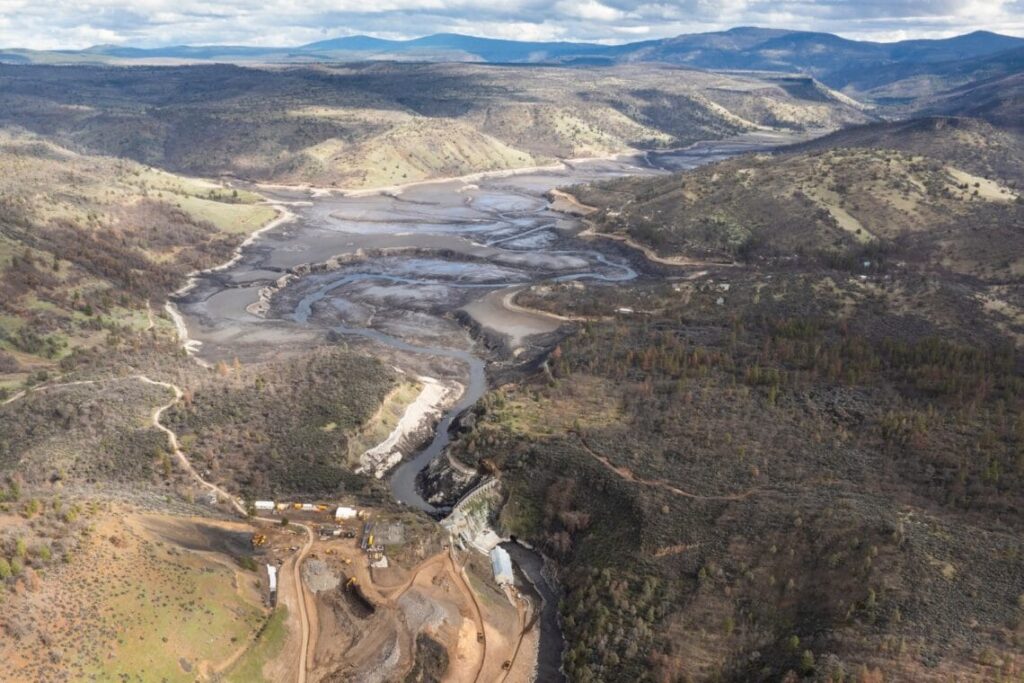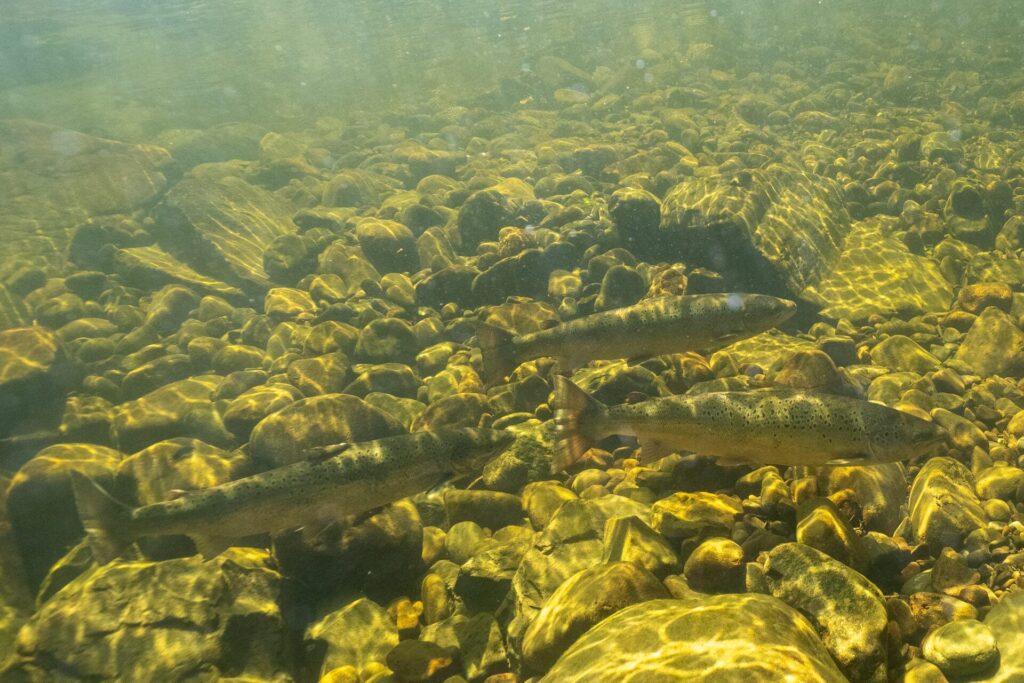CA
Terminus Hydroelectric Project P-3947
General information | |
| Waterway |
Lake Kaweah |
| Current status | Active license |
| Type of facility | Conventional Hydro |
| Type of permit | FERC License |
FERC information | |
| FERC docket # | P-3947 |
| FERC project name | Terminus |
| Permit issued | 8/24/86 |
| Permit expiration | 7/27/36 |
Ownership and operation | |
| Owner | Kaweah River Power Authority |
| Owner type | Publicly Owned Utility |
| Year first online (conventional hydro) | 1990 |
| Transmission or distribution system owner | Southern California Edison Co |
Power and generating capacity | |
| Number of units | 1 |
| Total capacity from hydraulic turbine-generator units within each plant | 20.1 MW |
| Average annual net hydropower generation | 35,789.6 MWH |
Is there something you’d like to add or correct? Please let us know.
News and updates
From Trout Unlimited4/4/2024
Klamath Reservoir Drawdowns: Short-term Costs for much larger long-term gains
From Trout Unlimited3/29/2024
FERC plans sells Kennebec’s endangered Atlantic salmon short


